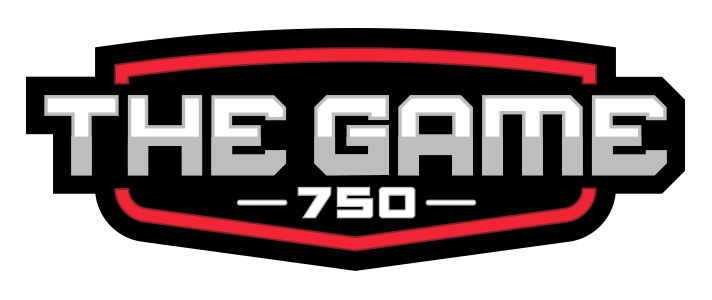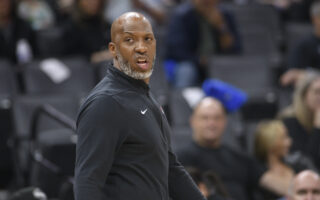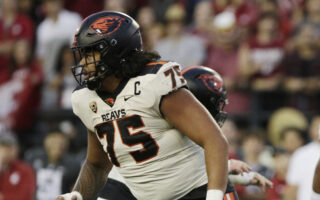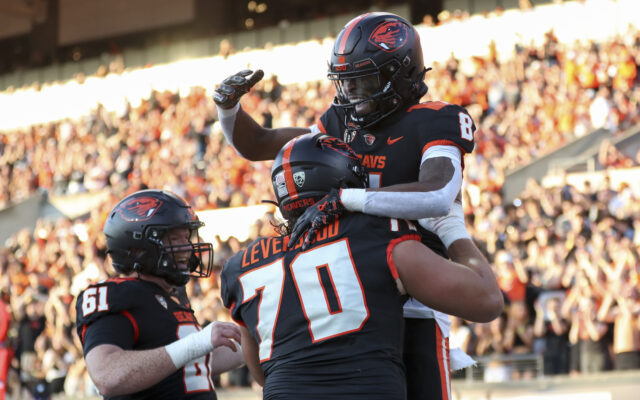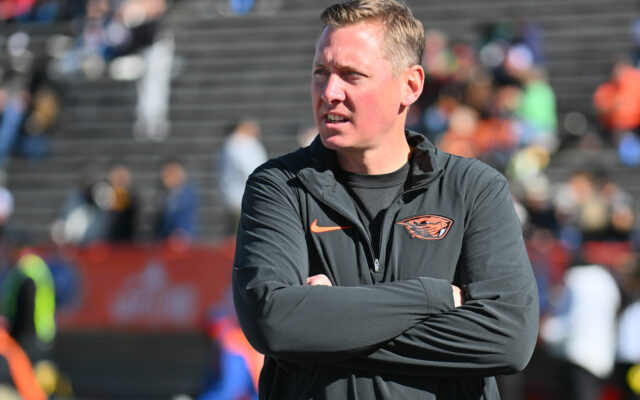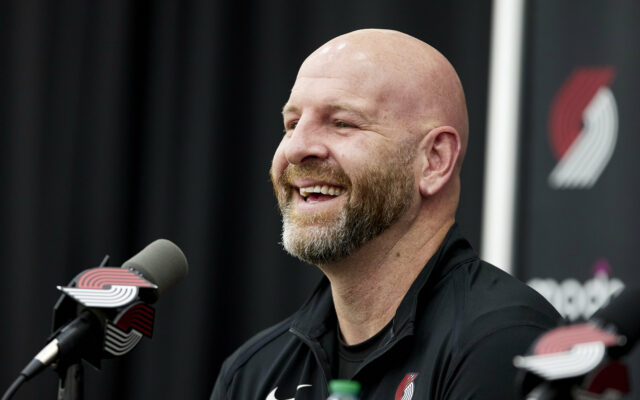OSN: Plugging Holes In The Beaver Dam – What’s Wrong With The Oregon State Women’s Basketball Team?
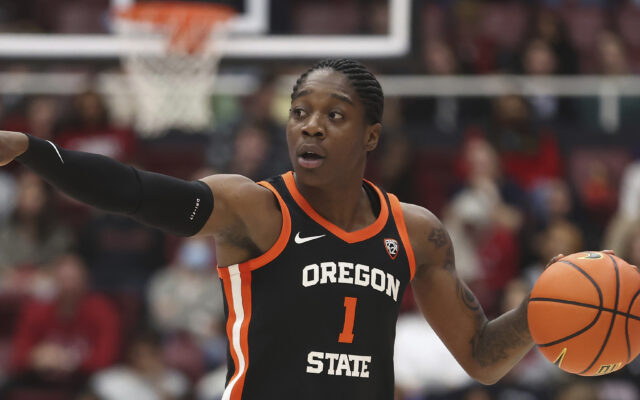
Indeed, we’ve come to expect weird things and contradictions in today’s strange world, but who among us predicted that a Scott Rueck-coached Oregon State basketball team would be in 11th place in the PAC-12 standings?
That is where his Beavers are today, with only four games left in the regular season. Two of those games are on the road, and another is against nationally ranked Arizona.
Why OSU finds itself near the cellar of the PAC-12 is a question that stymied me even more than wondering why the word “phonetically” is spelled with an “f.”
You don’t have to study many OSU game replays to notice some primary problems:
1. Defensive help
2. Inconsistent scoring
3. Inability to close out games
Here’s some of what I observed:
1. Defense
Over the years, we’ve admired Oregon State’s ability to stifle shooters. That continues today as the Beavers are in the top 20% of the NCAA.com field goal percentage defense statistics. However, unlike previous years, this year’s team is far below average in defending three-point shots and even worse when it comes to defending drives.
So wait. Beaver defenders can stop mid-range shooters but not stop three-point shooters or drivers?
As I said, it’s a weird world.
My first thought was that it was a matter of rotations.
That was a good first thought, but not where the problem actually originates. For the most part, the actual starting point is poor positioning before rotations.
The Beaver roster is filled with players who are athletic and fast enough to rotate with the best of them, but not if they are in the wrong place in relation to the ball. Too often, Beaver defenders are positioned too far from potential shooters to be able actually to get there in time to close out.
A similar problem exists near the basket. Drivers come from the perimeter to the paint and find success because help side defenders have not repositioned themselves to a point from which they can launch effective help.
The same is true of full-court drivers. How often have opponents dribbled full court, beaten an initial stop-ball defender, and coasted uncontested to the hoop? Getting players into proper positioning to rotate in time is essential and something that is easily fixed with repetitions in practice.
Those are not difficult problems to fix once corrections are emphasized.
And while we’re fixing those, let’s get players into the proper bearing.
Ideally, defenders on the wing can get a panoramic view of all three lanes if they keep their backs to the baseline. But this year, when the ball goes to an outside lane, weakside defenders are turning their bodies to face the ball. Once they do that, their backs face the weak side sideline, and their weak side opponents gain a terrific set of advantages.
Players don’t often notice that they are doing it, but coaches should. There are dozens of drills to fix the problem of bad bearings.
2. Inconsistent scoring
The Beavers have suffered an extraordinary number of stretches in which they have not scored.
Those stretches often occur when players dribble into oblivion without purpose. Too much dribbling stifles the offense because defenses don’t have to move as quickly or as far as they do when a team passes the ball.
Oregon State has suffered from players dribbling without destination and purpose only to be confronted near the basket and forced to panic-pass out of trouble. That is a formula for turnovers, and OSU has had plenty of those. In fact, Oregon State is ranked 307th out of 350 teams on NCAA.com’s data of assist-to-turnover ratios.
Inconsistent scoring has been evident in the first quarter, perhaps more than any other. In the past six games, OSU has trailed at the end of the first quarter.
What might help is for coaches to start players who are effective scorers.
For example, Raegan Beers leads the team in both scoring and field goal percentage. Add to that her leadership in team rebounding and second in blocked shots, and she seems good enough to be in the starting lineup. Yet, she has spent this season as a six “man.”
Or, how about A.J. Marottte. She is in the top five of all Beavers for per-minute production in scoring, rebounding, fewest turnovers, and field goal percentage.
At 6’1″ and with excellent ball-handling skills, she’s a nightmare for opposing defenders. She’s also among the best drivers in the Conference because she has developed an arsenal of finish skills, and if she is stopped at the rim, her step back, fade, jump shot is so quick that no one has stopped it all season. If that wasn’t enough, her transition speed is elite.
Coach Rueck played Marotte for 38 minutes against USC last week, so perhaps he has become convinced that she is vital to OSU’s success.
I think Beaver coaches would get a faster start and more scoring consistency if Beers and Marotte start every game and get at least 30 game minutes.
If I had a vote, I would cast it for moving Bendu Yeaney from the point because she is seventh-worst among PAC-12 players for turning the ball over. However, she is also one of the best in getting steals, so she needs to start and play a lot of minutes, but not as the leader of the offense. I could watch Bendu play all day and not tire of it, but I would love it more if she was in the right role.
3. Inability to close out games
It is common for teams as young as Oregon State to have difficulty protecting leads and losing close games. That’s just the nature of young basketball teams. It gets better, but it also takes time to build stamina and strength.
There was a time when Central Linn High School in Oregon started five outstanding freshmen. It was an interesting situation and one that I decided to chart throughout the season.
That team was immensely talented but too young to last for an entire game. The Cobras generally led through two-and-a-half quarters but faded after that. So consistent were their performances that I could nearly predict the minute of the game they would lose their lead.
Oregon State is much like that Central Linn team. There is a ton of talent in Corvallis, but it will take time for it to develop. Eventually, this group of Beavers will become a force in college basketball, just as Central Linn did in high school basketball.
It just takes time.
And coaches who fix defensive problems and get the right starters on the floor.
I eagerly anticipate this year’s PAC-12 tournament, and my primary interest is this Oregon State team. It is ready to produce some stunning results, and when it does, I won’t be surprised.
That may sound like a strange thing to say about a team that is 3-10 in Conference play.
But then again, “phonetically” doesn’t begin with “f.”
